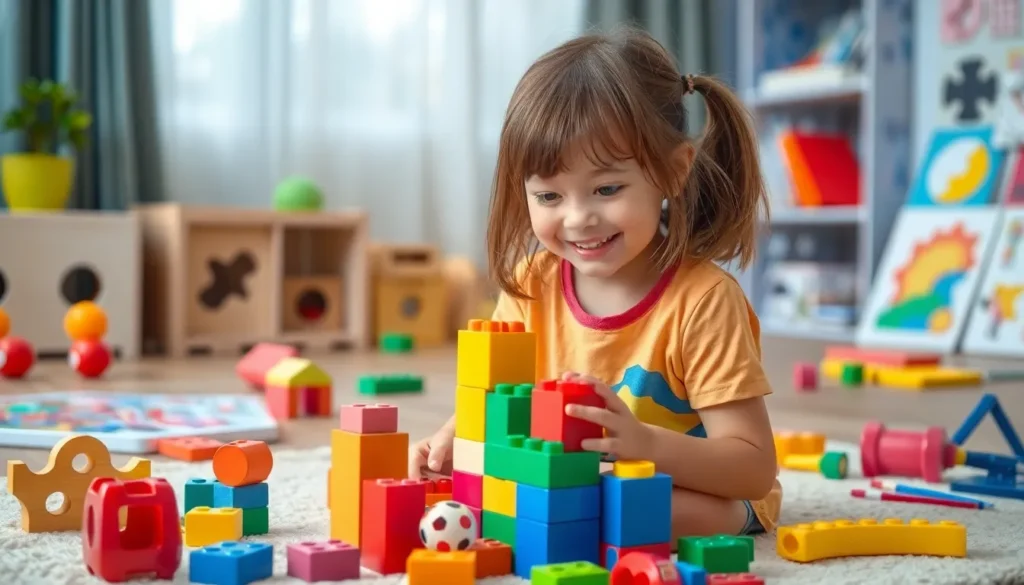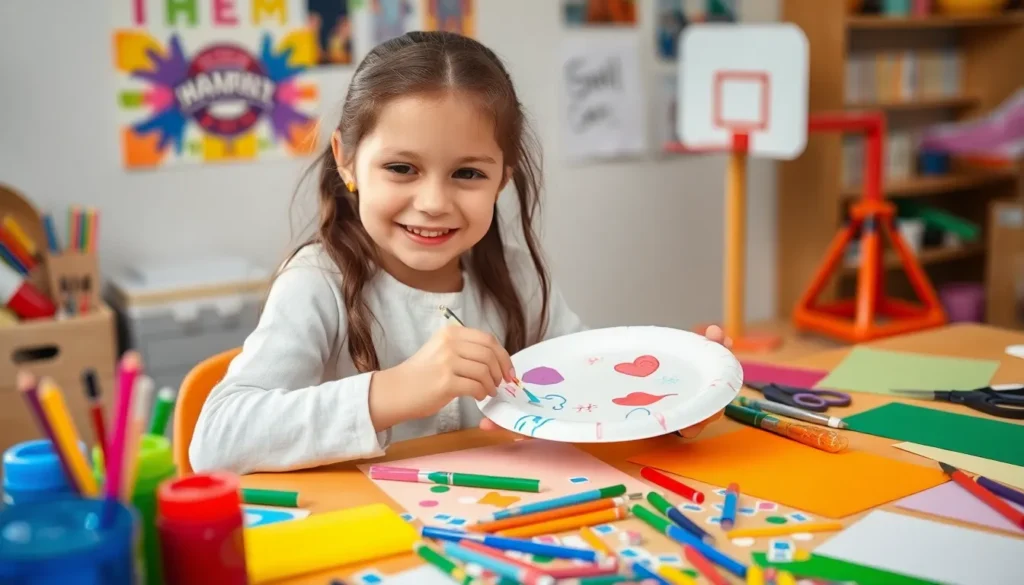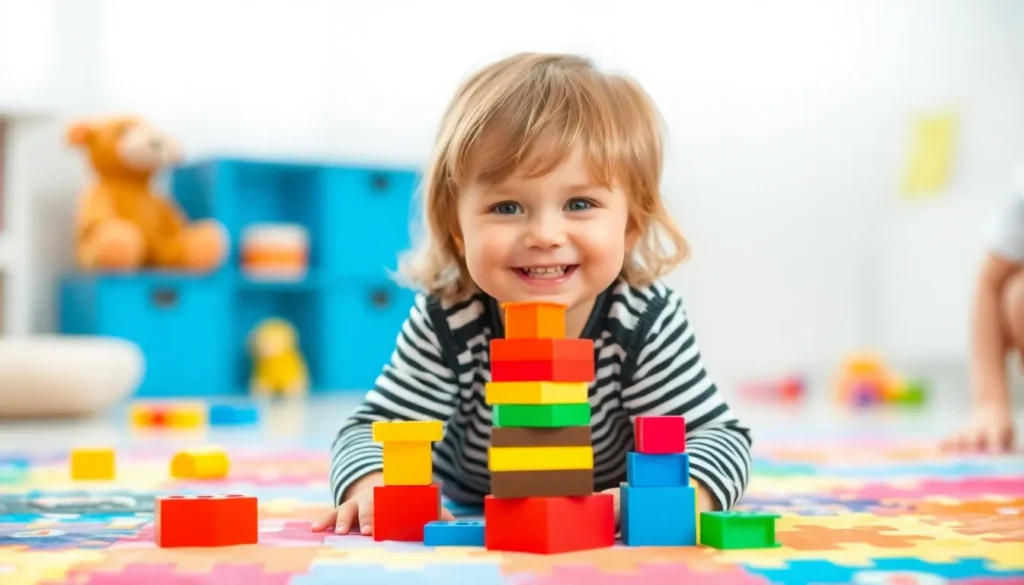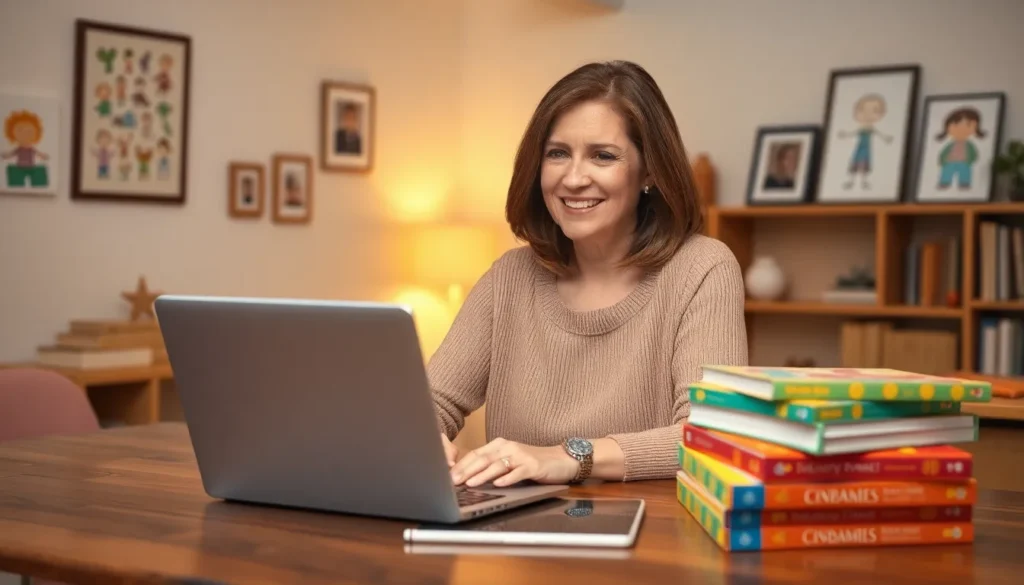Navigating the waters of co-parenting can feel like trying to steer a ship through a storm without a map. But fear not! Effective communication is the lifeboat that keeps everyone afloat. When parents collaborate, they create a smoother sailing experience for their kids, and let’s face it, who doesn’t want to avoid the drama of miscommunication?
In a world where texts can be misinterpreted and emails can spark more confusion than clarity, mastering co-parenting communication is crucial. It’s not just about sharing schedules; it’s about building a partnership that thrives on respect and understanding. So grab your life jacket and dive into the art of co-parenting communication—because a little humor and a lot of teamwork can make all the difference in raising happy, well-adjusted kids.
Table of Contents
ToggleImportance Of Co-Parenting Communication
Effective co-parenting communication plays a crucial role in creating a stable environment for children. Clear exchange of information ensures everyone stays informed about schedules, school events, and activities.
Trust between parents strengthens when they engage in open dialogue. Respectful conversations enable parents to address concerns, discuss important issues, and resolve disagreements calmly. Maintaining this level of communication can lead to a significant reduction in misunderstandings.
Collaboration becomes easier through consistent updates about changes in routines or circumstances. Sharing parenting strategies helps create a unified approach and fosters teamwork.
Emotional well-being of children improves as parents exhibit a cohesive front. When parents communicate respectfully, children feel secure and supported. This supportive environment encourages children to develop healthy emotional and social skills.
Conflict resolution skills become essential in a co-parenting relationship. Practicing active listening and remaining open-minded helps parents navigate challenges effectively. Both parents can avoid unnecessary tension by focusing on solutions rather than problems.
Highlighting a positive attitude contributes to effective co-parenting. Humor can diffuse tense situations and create a friendly atmosphere. Humor not only eases stress but also sets an example for children on handling difficult interactions.
Ultimately, co-parenting communication actively impacts the overall family dynamic. Prioritizing this form of communication promotes a better understanding between parents and creates a nurturing environment for children.
Effective Strategies For Co-Parenting Communication

Effective communication lays the groundwork for successful co-parenting. Implementing specific strategies can streamline interactions and promote children’s well-being.
Open Communication Channels
Establishing open communication channels proves vital for co-parents. Utilize various methods such as texting, email, or dedicated apps to ensure constant accessibility. Setting up regular check-ins fosters a sense of cooperation, enabling both parents to stay informed about children’s needs. Sharing schedules and important information helps prevent misunderstandings. Transparency cultivates trust and reinforces collaboration. Parents should feel comfortable discussing concerns and updates as they arise. Creating a safe space encourages honest dialogue, allowing both parties to express their feelings without fear of judgment.
Active Listening Techniques
Active listening techniques significantly enhance communication. Prioritizing presence during conversations leads to more meaningful exchanges. Parents can practice summarizing what the other has said to confirm understanding. Asking open-ended questions promotes deeper discussions about children’s emotional and physical well-being. Nonverbal cues such as nodding and maintaining eye contact demonstrate engagement. Responding appropriately to emotions expressed by the other party strengthens the connection. Keeping distractions at bay allows parents to focus solely on the conversation at hand. By implementing these techniques, co-parents can develop a supportive and respectful dialogue, which ultimately benefits their children.
Tools And Resources For Co-Parenting Communication
Effective co-parenting communication relies on utilizing various tools and resources. These can significantly enhance clarity and transparency between parents.
Communication Apps
Numerous communication apps are designed specifically for co-parenting. Apps like Cozi and Our Family Wizard facilitate scheduling, shared documents, and messages. These platforms centralize information, ensuring both parents stay informed about appointments and activities. Users appreciate features like expense tracking and a shared calendar, which further streamline co-parenting efforts. Regular updates through these apps assist in building trust and transparency.
Parenting Plans
Creating a detailed parenting plan helps establish shared expectations. A well-structured plan includes information on custody arrangements, visitation schedules, and decision-making responsibilities. Clear guidelines promote cooperation and reduce potential conflicts. Parents can revisit and adjust the plan as necessary, adapting to their children’s evolving needs. Documenting these agreements fosters accountability and clarity, ensuring both parents are aligned in their approach to raising their children.
Challenges In Co-Parenting Communication
Co-parenting communication presents several challenges. Effective cooperation relies on overcoming these obstacles to create a supportive environment for children.
Navigating Conflict
Conflict can arise unexpectedly in co-parenting scenarios. Parents may disagree on schedules, discipline methods, or financial considerations, leading to tension. To manage disputes effectively, establishing ground rules for discussions helps. Promoting mutual respect during disagreements allows both parties to air grievances without escalating emotions. Utilizing techniques like “I” statements fosters understanding, encouraging parents to express feelings constructively. Involving a neutral third party, such as a mediator, provides guidance, helping parents reach consensus on contentious issues.
Managing Emotions
Emotions often run high in co-parenting situations. Stress, frustration, or sadness can cloud judgment, affecting communication negatively. Prioritizing emotional awareness becomes crucial for effective interactions. Recognizing personal triggers aids in maintaining composure during discussions. Practicing calming strategies, like deep breathing or taking breaks, allows individuals to respond thoughtfully rather than react impulsively. Identifying and expressing emotions openly facilitates connection, enhancing the ability to work together for the children’s well-being. Emphasizing a positive mindset, even in challenging conversations, nurtures a healthier co-parenting dynamic.
Effective co-parenting communication is essential for fostering a nurturing environment for children. By prioritizing open dialogue and mutual respect, parents can navigate the complexities of shared parenting more smoothly. Utilizing tools and strategies enhances collaboration and minimizes misunderstandings.
Conflict resolution skills and active listening play a significant role in maintaining a positive co-parenting relationship. When parents commit to clear communication and regular check-ins, they build trust and accountability. This proactive approach not only benefits the parents but also significantly contributes to the emotional well-being of their children. Ultimately, making communication a priority lays the foundation for a harmonious co-parenting experience.









